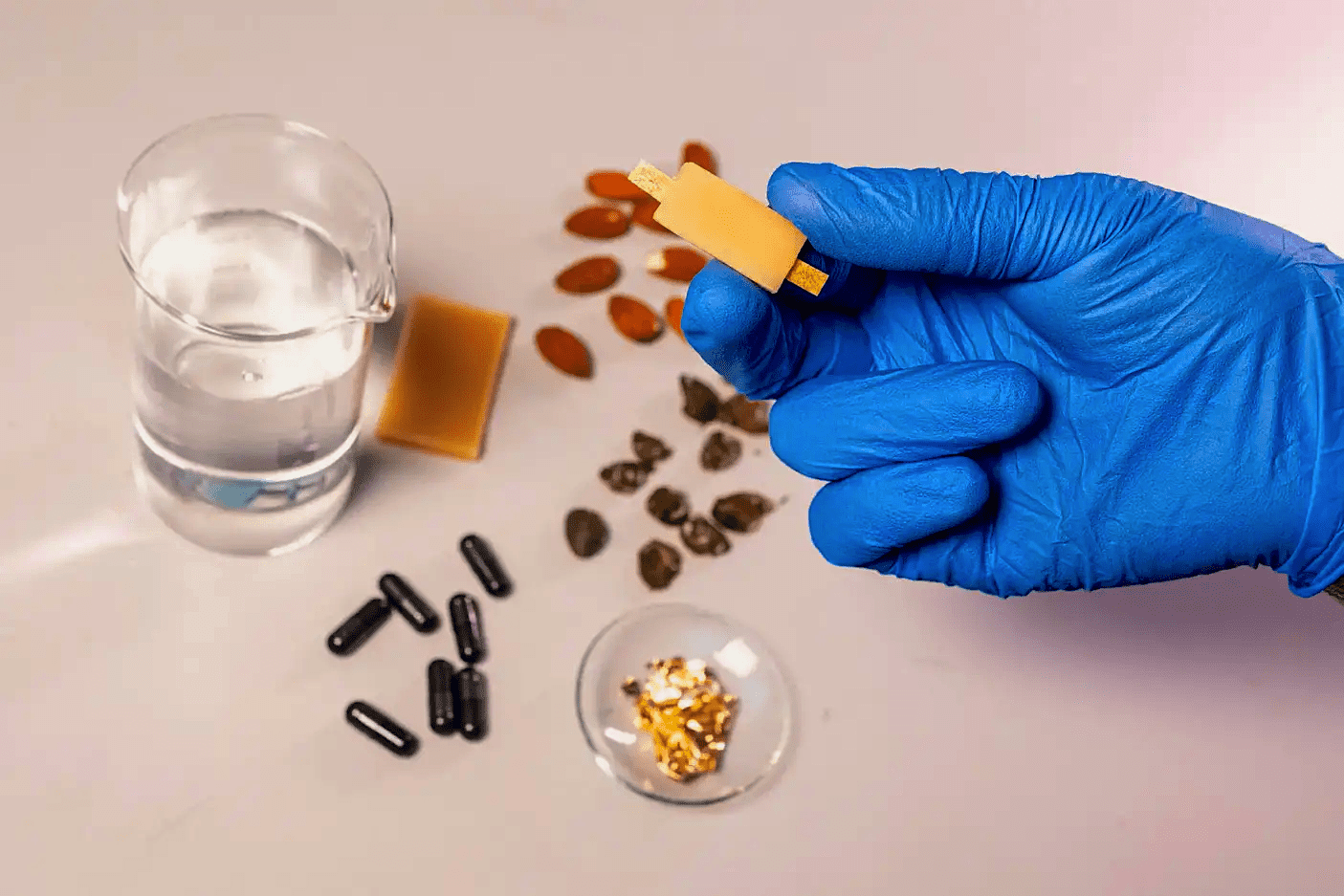
Packaging that sounds the alarm or measures temperature – what still sounds like fiction could become reality in the coming years. The first prototypes have already been produced. Packaging is equipped with printed circuits and displays so that it can send messages. The advantage: Printed electronics is thin, lightweight, flexible, but robust enough to transmit information. It can be integrated into the packaging during product manufacture or as an adhesive label.
This would enable doctors to inform their patients of individual dosages and adjust them if their state of health changes.
New communication channels with smart packaging
Smart packaging with integrated electronics enables new communication channels. They link the real world with the digital world. Prototypes are already available for the healthcare sector: Medicine boxes are equipped with e-paper displays and connected via app and Bluetooth. This would enable doctors to inform their patients of individual dosages and adjust them if their state of health changes. “In personalized medicine, printed electronics are becoming increasingly important,” says Dr. Klaus Hecker, Managing Director of OE-A (Organic and Printed Electronics Association), a working group in VDMA.
Cost optimization drives market
Reducing costs is one of the most important factors for developing smart packaging in the pharmaceutical industry. If patients do not take their prescribed medication correctly, this can result in expensive aftercare. Blister packs with integrated clocks and circuits that register tablet intakes could solve this problem. The pack would blink or send a reminder message for each missed dose. Smart packaging is already being tested in clinical trials. Temperature and humidity sensors can monitor the correct storage of medicines. But sensor technology is also interesting for food or other sensitive goods.
NFC technology
Near field communication, or NFC, plays a key role in smart packaging. It is already known through ski passes and contactless payment by mobile phone. Consumers thus receive product descriptions, videos and other information directly on their mobile phones as soon as they are held to the packaging.
The market is expected to develop rapidly by 2024. Experts assume a volume of over 48 billion US dollars. The trade fair LOPEC (Large-area, Organic & Printed Electronics Convention), which will take place in Munich from 19 to 21 March 2019, will provide an insight into the latest developments in the field of printed electronics.
Photo: Pixabay







